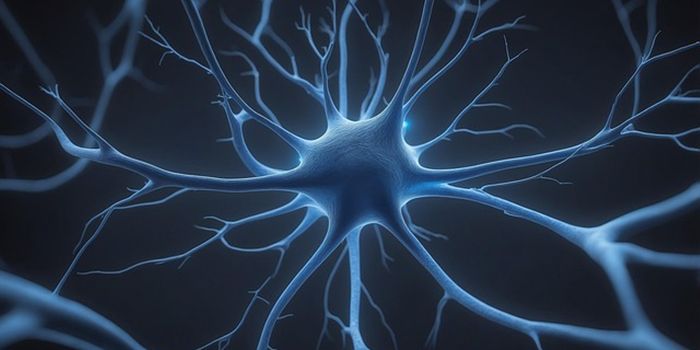It’s a number that gets repeated over and over, 1 in 68. That’s the estimate of the Centers for Disease Control for how many children will be diagnosed with autism. It’s been called an epidemic, with more and more children receiving services and schools struggling to meet their needs. There is no known cause for autism but it’s a major field of research in neuroscience.
What happens after childhood though? Once a young person has aged out of the school system, finding support services is difficult. In June 2014 a Bureau of Labor Statistics report showed that only 19.3 percent of people with disabilities in the U.S. were seeking a job or holding down a job. Of those, 12.9 percent were unemployed, meaning only 16.8 percent of the population with disabilities was employed. 65% of people without disabilities were employed during this same time. Finding work and becoming independent is much more difficult for those with an autism spectrum disorder.
Yudi Bennett, a successful Hollywood director, became a single mom to a child with autism when her husband died. Her son Noah was diagnosed with autism at 3 years old. Mostly non-verbal and needing full-time care, Bennett had to leave her film career. When Noah was in high school, Bennett enrolled him in an after-school program that taught digital arts. In an interview with Parade Magazine she remembered, “Within a month, Noah learned animation coding, started speaking and won age-appropriate awards for his work.” This led Bennett to start a program of her own, Exceptional Minds, a digital art studio that creates special effects for major motion pictures.
Exceptional Minds has a dual purpose. It’s a non-profit and conducts classes in animation and visual effects, but it’s also very busy studio where employees, all graduates of the program, complete special effects work and animation projects for major Hollywood films. EM has worked on shows and movies like “The Hunger Games: Mockingjay, Part 2” “Game of Thrones” and “The SpongeBob Movie: Sponge Out of Water”
In addition to learning the detailed work involved in special effects, EM also teaches the students valuable life skills for the workplace. Learning to communicate effectively with co-workers, navigate social situations and interact with clients are skills that neurotypical adults develop easily. Those with autism have a tougher time gaining this kind of independence which is part of the reason so many with the disorder are unemployed or working at jobs below their abilities. In one way however, the characteristics of an autism spectrum disorder are an asset in the field of special effects. Creating visual effects and editing film both require a laser-like focus, sometimes for long periods of time. A film scene that takes only a minute can often be the result of hours of behind the scenes work. The brain of a person with autism is uniquely suited to these tasks since hyper-focusing and attention to minute details are often traits those with the disorder possess.
Bennett told Mother Nature Network, “What we’re doing here is groundbreaking. We’re creating a model to apply to other vocations, from manufacturing and retail to music, to train and nurture young autistic adults into America’s workforce.” The video below tells of the story of this studio and what it’s doing for young adults with autism, check it out.
Sources:
Parade,
Exceptional Minds,
Mother Nature Network,
Autism Society









